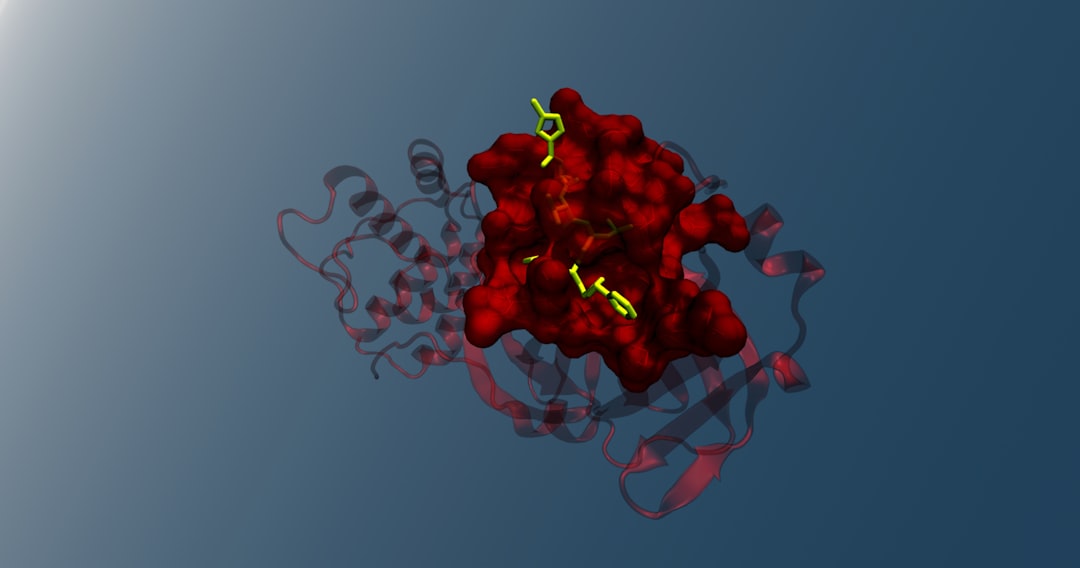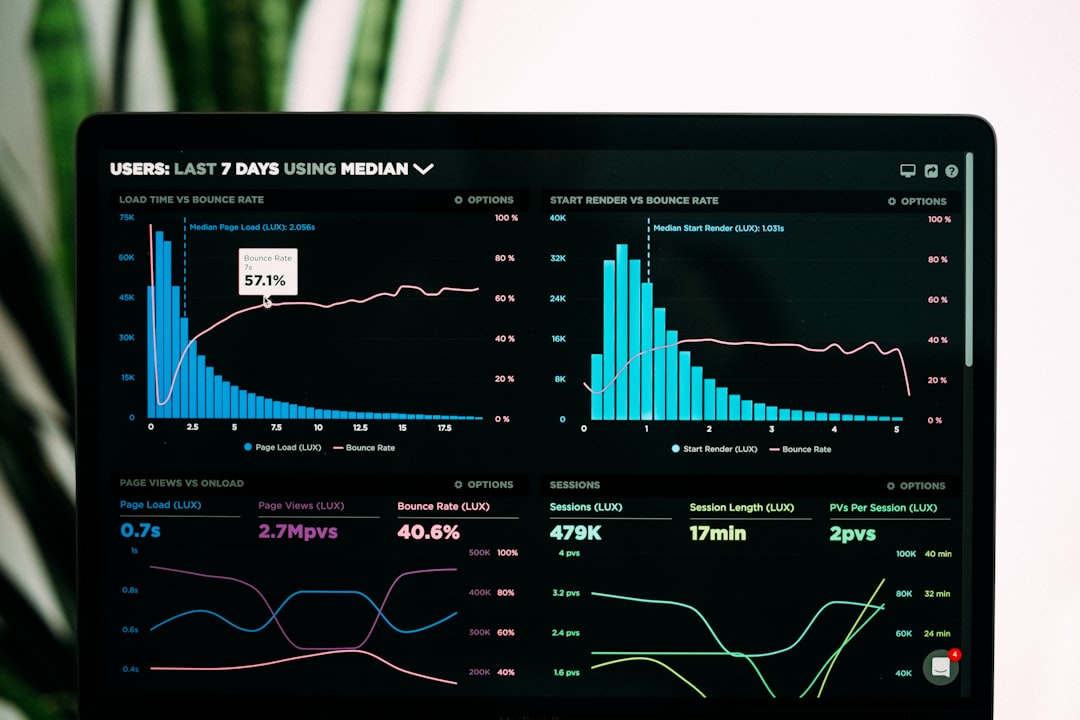What is it about?
Resilience of mammals to anthropogenic climate and land-use changes is associated with the maintenance of adequate responses of several fitness-related traits such as those related to immune functions. Isolated and combined effects of decreased food availability and increased ambient temperature can lead to immunosuppression and greater susceptibility to disease. Our study tested the general hypothesis that decreased food availability, increased ambient temperature and the combined effect of both factors would affect selected physiological and behavioral components associated with the innate immune system of fruit-eating bats (Carollia perspicillata).
Featured Image

Photo by Clément Falize on Unsplash
Why is it important?
Resilience of mammals to anthropogenic climate and land-use changes is associated with the maintenance of adequate responses of several fitness-related traits such as those related to immune functions. The maintenance of an adequate immune response is crucial to monitor and respond to threats associated with global warming and land-use changes and, thus, are pivotal to maintain physiological homeostasis. Furthermore, how the immune system will cope with the exposure to new pathogens that likely will occur with global changes, might affect the interaction between wildlife hosts and pathogens and, thus, can impact the dissemination of emerging diseases and zoonoses
Perspectives
Writing this manuscript was a great pleasure, as it was part of my journey towards obtaining my doctorate. Our study offers the first insights into the combined effect of food availability and ambient temperature on induced acute phase response and bacterial killing ability of bats and how they deal with the infections under these conditions.
Matheus Viola
Universidade Estadual Paulista Julio de Mesquita Filho
Read the Original
This page is a summary of: Combined effects of ambient temperature and food availability on induced innate immune response of a fruit-eating bat (Carollia perspicillata), PLoS ONE, May 2024, PLOS,
DOI: 10.1371/journal.pone.0301083.
You can read the full text:
Resources
Contributors
The following have contributed to this page










